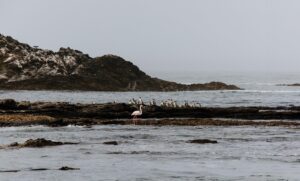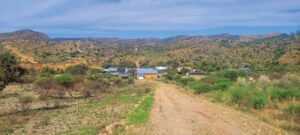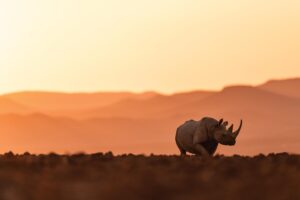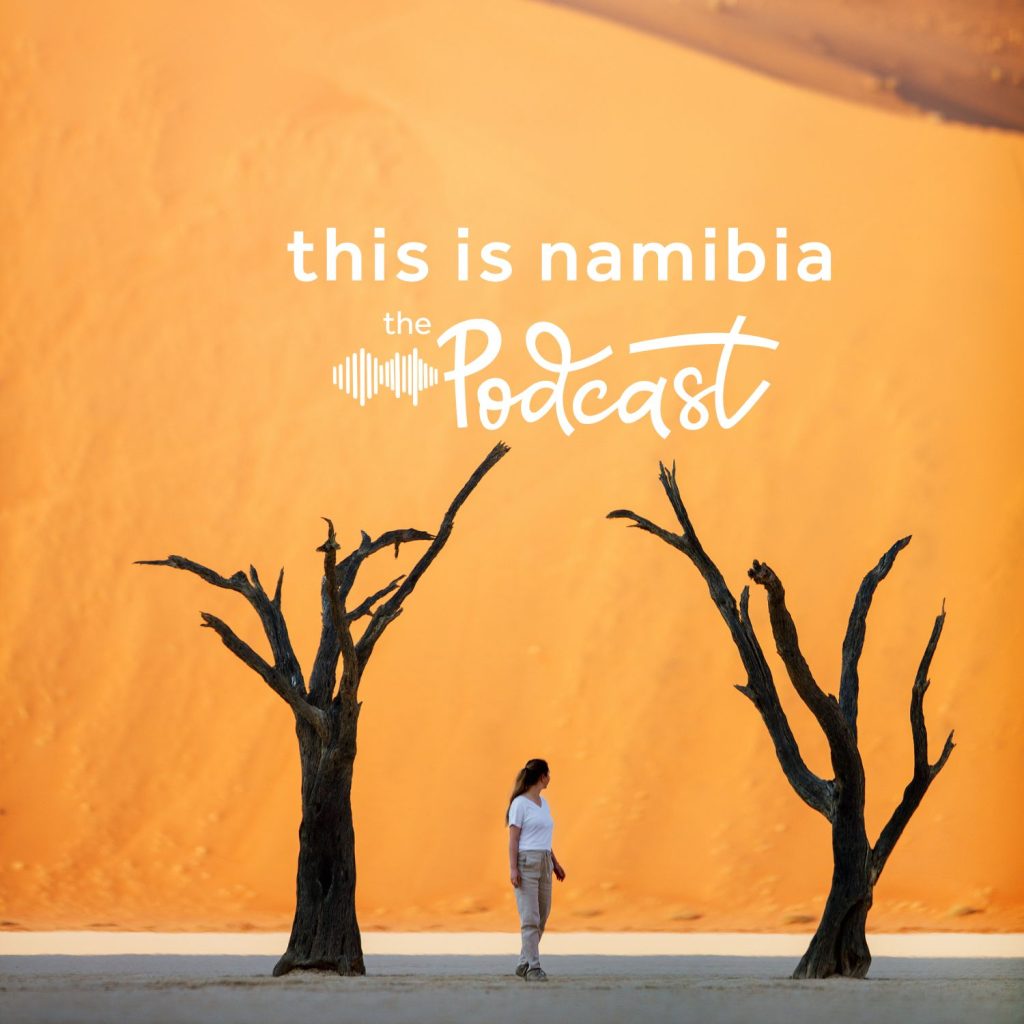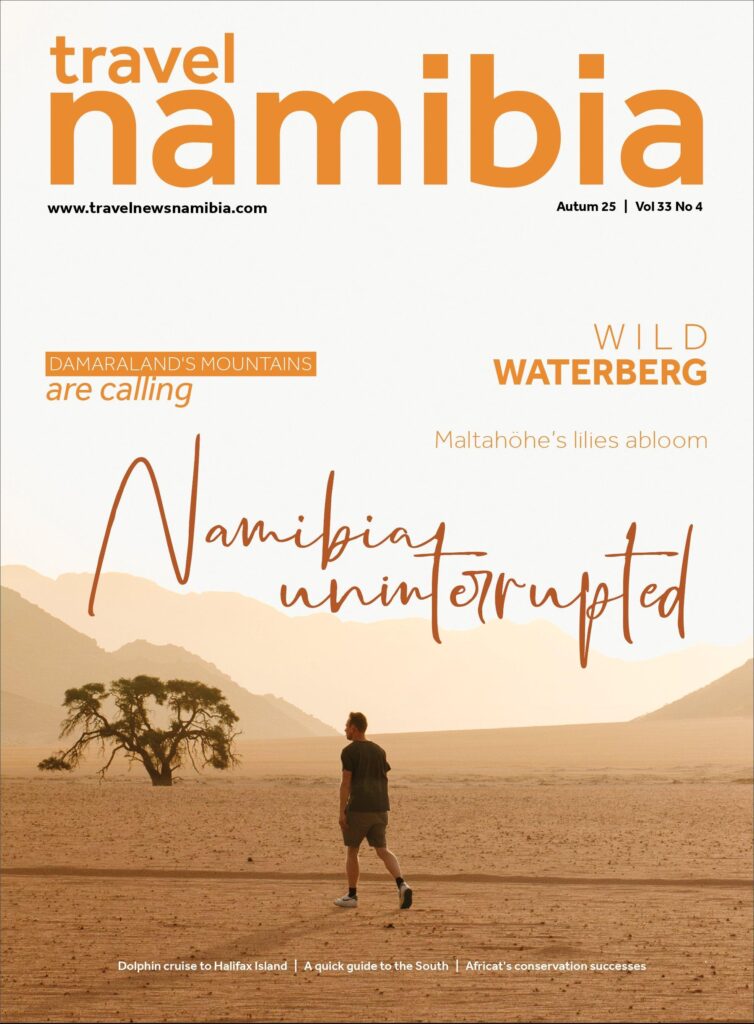

Finding the
fishermen of the sky
Unwinding with pelicans at Hardap Dam
Text Kirsty Watermeyer | Photographs Kirsty Watermeyer
From the Autumn 2025 issue
Located just 22 kilometres northwest of Mariental, Hardap Dam, which is fed by the Fish River, covers a sprawling 25 square kilometres. While it serves as a vital source of electricity and water for the region, it is also a sanctuary for certain wildlife species, drawing many nature enthusiasts to make a stop here while in the south of Namibia.
Travelling southwards through Namibia from the capital Windhoek, we broke up the long road with a stopover at Hardap Dam. Staying in one of their five well-appointed VIP bungalows, we enjoyed the lovely features such as balconies for watching the sun set and cosy braai nooks with ample seating to enjoy a quintessential Namibian moment around the fire.
With the sun hanging low on the horizon, we set out to explore the area on foot. The low conical hills and the striking sapphire waters create a beautiful contrast, offering a refreshing escape from the arid landscape that surrounds this area.
Hardap Dam is renowned as an angler’s paradise, offering exceptional fishing year-round. However, what surprised me most was the story of the pelicans here. This is the home of one of Namibia’s most significant breeding colonies of great white pelicans (Pelecanus onocrotalus).
Great white pelicans are highly social and spend their time in large flocks. They are well suited for life on the water, with webbed feet and strong legs that help them swim and take off from the water. In the air, they look graceful, alternating slow wingbeats with gliding. You will often spot them flying in stunning formations, while they can travel long distances at a time.
When it comes to food, these pelicans mainly feast on fish, using their huge bills to scoop them up from the surface instead of diving. Hardap Dam makes for a perfect breeding ground, with colonies setting up their breeding base on the small islands you find throughout the dam.
“The low conical hills and the striking sapphire waters create a beautiful contrast, offering a refreshing escape from the arid landscape that surrounds this area.”
The number of pelicans at Hardap Dam has fluctuated over recent years. There was a huge increase from 800 to 4,024 birds between 1999 and early 2003, but this number dipped to 1,522 between 2007 and 2012. However, it is worth noting that no comprehensive wetland surveys were done during this time. Either way, the numbers indicate that this is an important breeding spot for Namibia’s pelican population.
Great white pelicans prefer nesting in safe spots, like islands in dams, and nearly every year young pelicans successfully fledge at Hardap Dam. Interestingly, more pelicans are found inland than along the coast. Coastal colonies usually only have about 80 nests, while inland colonies can have over 1,000 nests.
Surrounding the southern sector of Hardap Dam is the Hardap Game Reserve, a vast 25,000-hectare wildlife sanctuary featuring a diverse landscape of dwarf shrub savanna and thorn trees. This reserve is home to a wide variety of Namibian wildlife, including common antelope species and even black rhino.
Birdwatchers will be thrilled by the abundant avian life here, with opportunities to spot everything from flamingos and fish eagles to the majestic pelican.
This brief overnight stop was hardly enough time to fully soak in and enjoy the captivating nature, the comfortable bungalows and the exceptionally friendly staff I met at Hardap Dam. So, whether you are a fishing enthusiast, a nature lover or simply seeking a peaceful getaway in Namibia’s stunning landscapes, Hardap Dam and the surrounding Hardap Game Reserve certainly have much to offer. TN
Hardap Resort is managed by Namibia Wildlife Resorts. To book your stay at Hardap Resort, visit: www.nwr.com.na
More to explore

Discover Airlines launches a new direct flight between Windhoek and Munich
